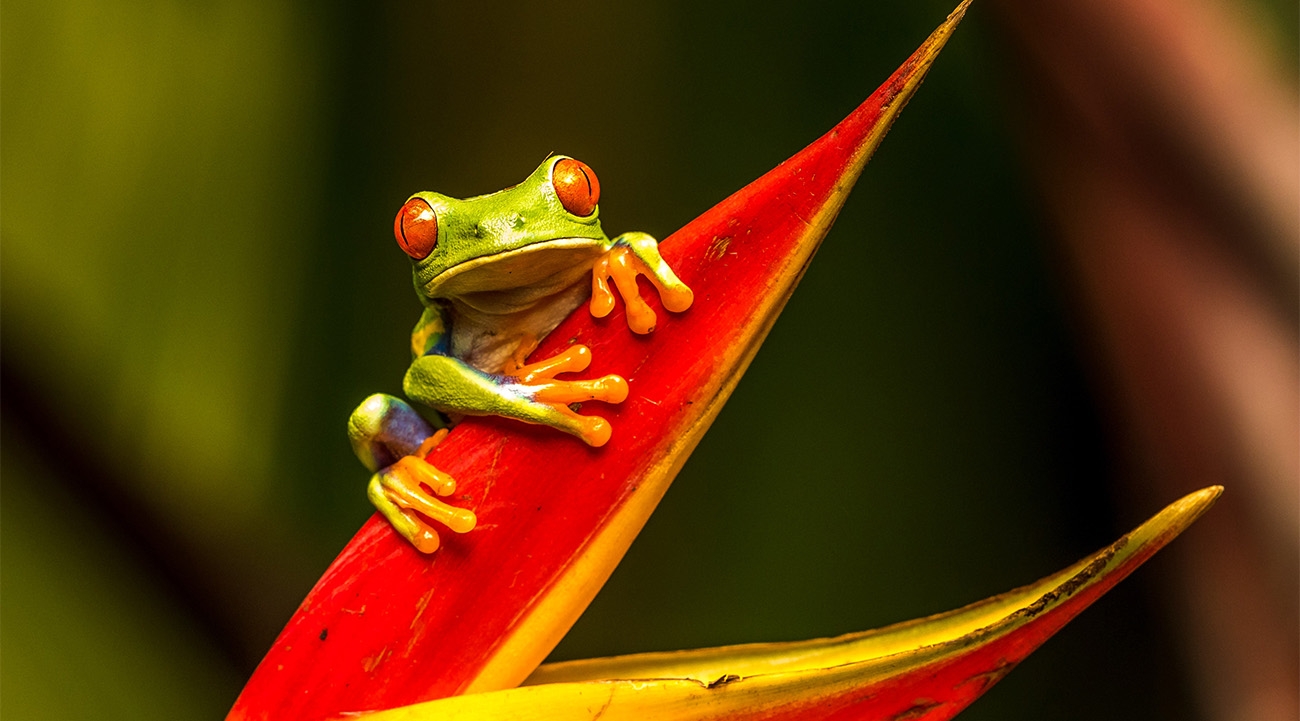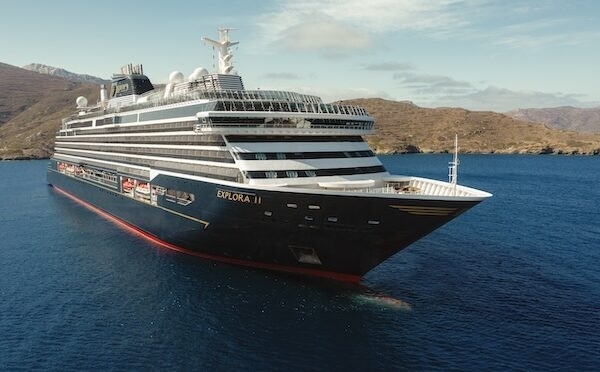Luxury and sustainability collide in colourful Costa Rica
Costa Rica is regularly declared one of the most biologically rich places on Earth by environmentalists. This eco exemplar sits between two picture-postcard coastlines, with a spine of active volcanoes running through its leafy centre.
Animated flora and fauna are assured at every turn, from jungle-fringed white sands to dramatic mineral-rich mountain peaks.
Waking up to a dawn chorus of howler monkeys is a soundtrack I’ll forever conjure as a favourite holiday alarm clock – along with being on a Zoom call in a cabin in the Cloud Forest when a coati poked its long nose around my door in search of room-service leftovers.
And while I may have let out a blood-curdling scream initially at the sight of a tiny fluro green toad when I lifted the loo seat in a beach cabana’s open-air bathroom, it will forever make me smile to recall this wild encounter.
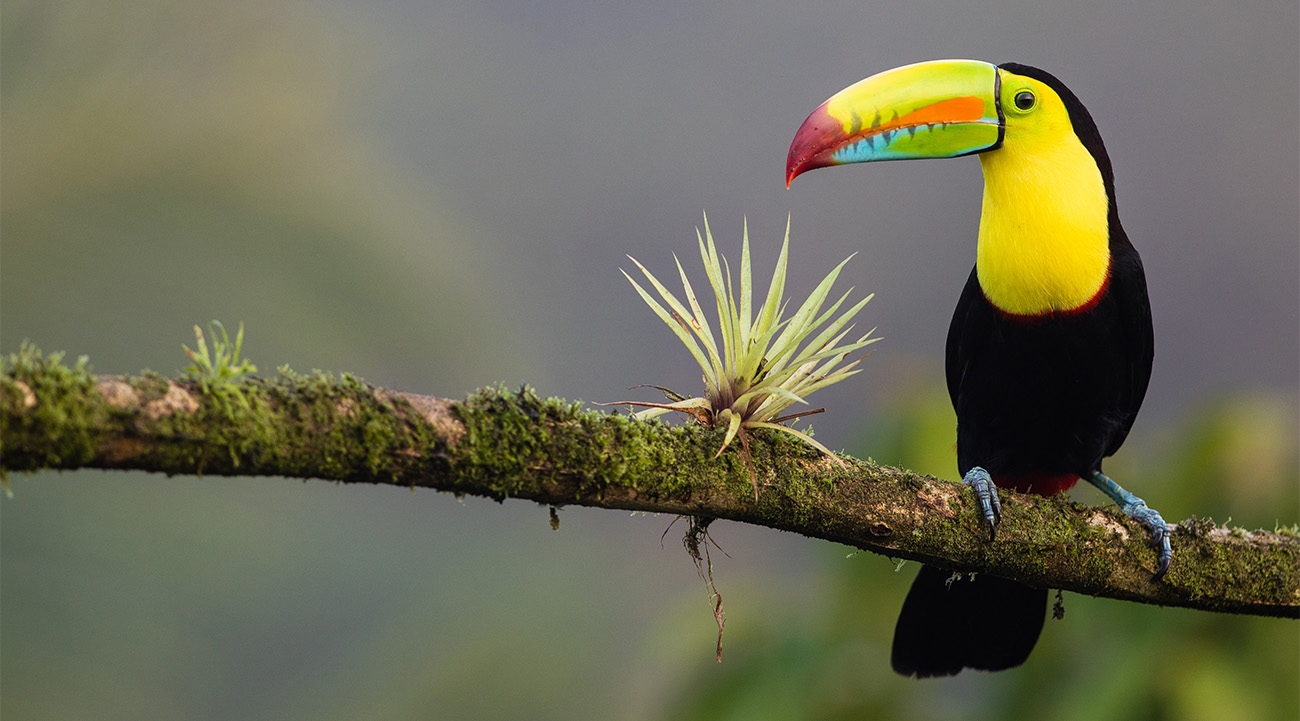

Biodiversity is showcased in abundance in this diminutive Central American nation, which is as green as it gets in many ways — from its renewable-powered energy supply to its attitude towards protecting wildlife.
So it’s no surprise that as a sustainable travel advocate, I spent much of the pandemic dreaming of finally getting to a land where so much has been set aside as national parks.
I yearned to experience world-class hideaways as aesthetically pleasing as they are life-enhancing to people and planet. To say my expectations were high is an understatement, and Costa Rica didn’t disappoint.
Because, being honest, even when the wonders of wilderness extend to seeing sloths asleep in the canopy above, that’s not enough to win this explorer’s heart in totality.
Off the beaten track
For full holiday satisfaction, I need assurance this multi-personalitied destination can hit us with charismatic hotels, too. Having travelled its coast and countryside, I’m delighted to declare Costa Rica is a credit to conservation and high on feel-good factor.
Many attribute the good vibes of this country to the fact it has no military. After the Second World War, in 1949, the country abolished its armed forces, and then-president José Figueres Ferrer declared it a gift of “love of civility, democracy and institutional stability” when his government diverted funds from having an army to education and social care.
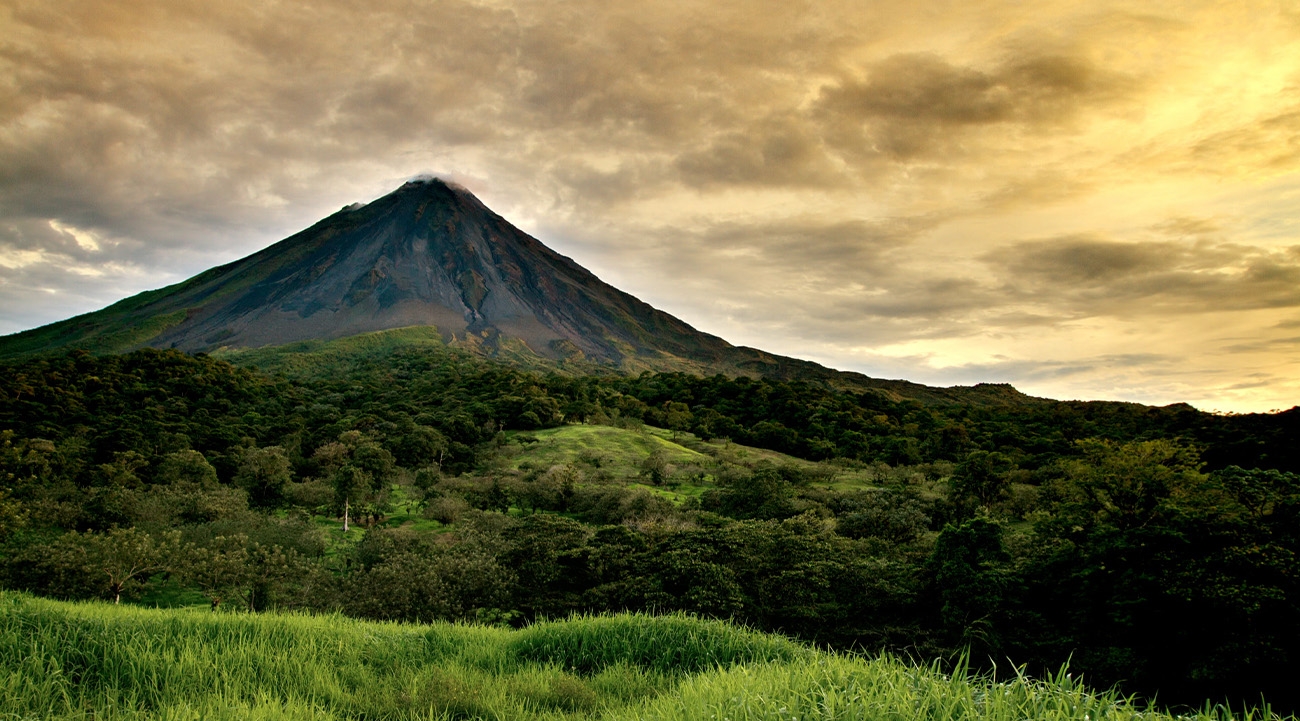

If I had my time back, I’d maybe have started my journey at the Finca Rosa Blanca Coffee Farm and Inn to wake up with nature in full view yet not so far from the main international airport.
Yet while city-centre favourite, Hotel Grano de Oro in San José, is a tad trad for my taste, it’s a firm favourite with many in the know.
Kicking off in the low-key capital meant gulping in that always-interesting geography when we hit the road following brightly coloured banana-laden trucks and past orderly palm plantations. Costa Rica is a winner for off-the-beaten-track cuties when you know where best to look.
Boutique paradise
My inner responsible-travel compass draws me to independently-owned small hotels – especially those in less-obvious enclaves. My first stop was Senda Monteverde Mountain Lodge in the Cloud Forest, a four-hour drive from the Central Valley.
A member of the Cayuga Collection, I’d had my eyes on this clutch of properties since hearing the group’s founder Hans Pfister on webinars when we were anchored to our homes in lockdown.
The chief executive of this management portfolio is one of the few hoteliers to declare nothing is off-limits when it comes to poking my nose around their back of house, too. For two decades, Cayuga has been running resorts in the most green way possible from their rigorous recycling to recruiting from the immediate community.
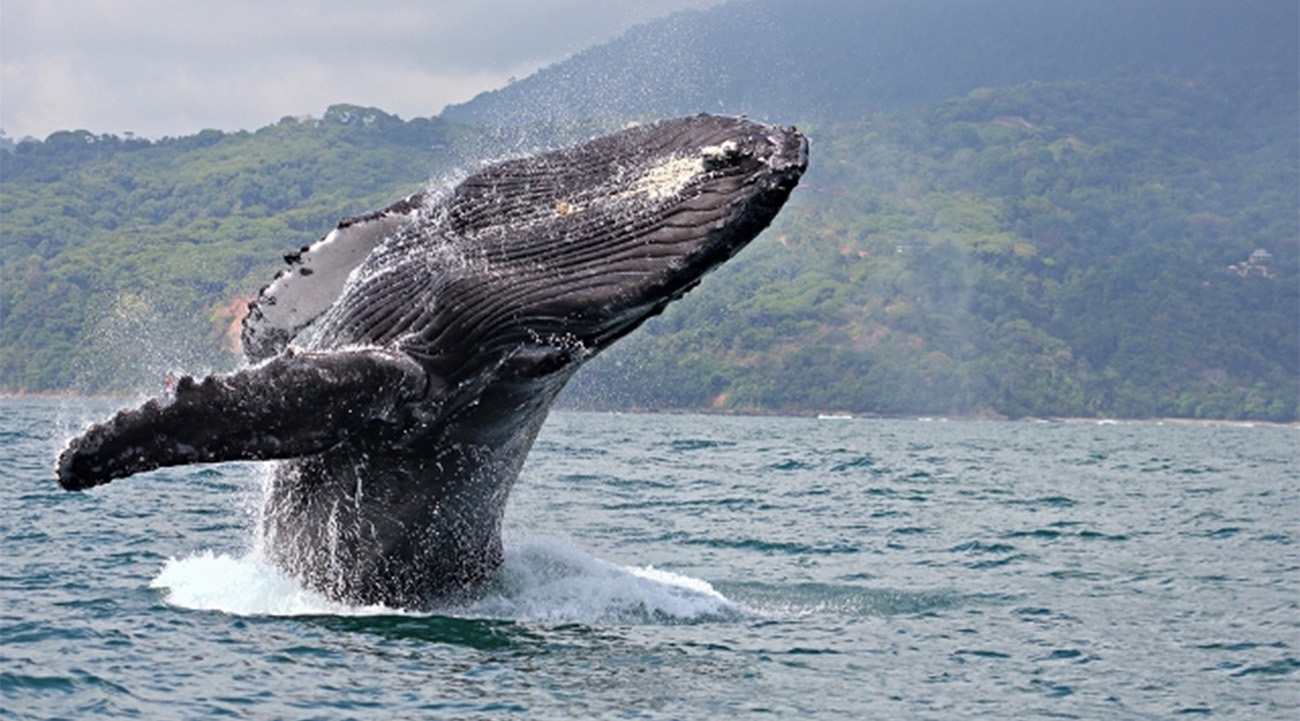

They also offer sustainability tours so that eco-curious visitors can check their walk matches their talk and plant a tree, too.
Learning first-hand why these kitchen, laundry and maintenance facilities are more ethical than your average is surprisingly interesting, as agreed by the other guests who enjoyed a walkabout with me in the Cordillera de Tilarán mountains.
Opened in 2018 as this 28-suite incarnation, Senda is a sensitive remodelling of a more traditional existing hotel in a region known for its virgin forest and reserves in a market where more established bigger-name brands tend to dominate.
It’s not the most design-directional hotel, but my time left a significantly good taste thanks to its first-class restaurant based on age-old recipes, as well as their dedication to using hyperlocal procurement.
Attesting to 95% of what’s on the menu hailing from within a 200-mile radius is Senda’s walk-in larder, where almost all contents are clearly created from scratch and feature Costa Rican packaging, which betrays next-to-no imports.


I loved meeting some of their favourite suppliers in person – best-in-class coffee growers and award-winning dairy farmers – and touring small-scale rural farms was an insight into real agricultural life that many visitors never get.
A highlight of our whirl behind the scenes also highlighted the value of hotel management looking after their employees – particularly in these recent difficult years. This is an oftenoverlooked aspect of what truly dictates a hotel’s honest sustainability credentials.
When deforestation accounts for a quarter of carbon emissions globally, spending time anywhere that demonstrates a true reverence for protecting endemic wildlife feels especially nourishing and justifies flying off for far-flung spells with a clearer conscience.
Especially since you’re choosing a holiday in a country run on energy that is free of fossil fuels and sourced almost entirely from hydro, wind and sun. It always feels nicer to support tourism geared at positive impact.
Swerve the crowds
I’d heard many of the big commercial resorts of Guanacaste were more like the United States in spirit, so swerved this northwestern region. I also skipped the increasingly popular Tulum-rivalling Santa Teresa on the Nicoya Peninsula.
Why This boho surfers’ paradise is already demonstrating signs of overtourism due to a surge of well-heeled foreigners pricing locals out of the accommodation market, while at the same time, a lack of investment in infrastructure means utilities and roads are under strain due to the influx.
Seeking out more remote undeveloped swathes such as Corcovado National Park in the Osa Peninsula in the far south is much more appealing, particularly when you’re in an area that hosts a staggering 2.5% of the world’s biodiversity.
Spanning tropical forest, mangroves, swamps and deserted beaches, there are reserves home to wild cats, margays, ocelots and hundreds of bird species.
I’d rather spend my time admiring waters, too, where dolphins, sharks and orcas await rather than Silicone Valley second-homers showing off on surfboards. Not everyone’s experience of Costa Rica is in tune with the time I had, and some will definitely feel invaded by Hawaiian shirt-wearing tourists who barely stray from buffet and pool.
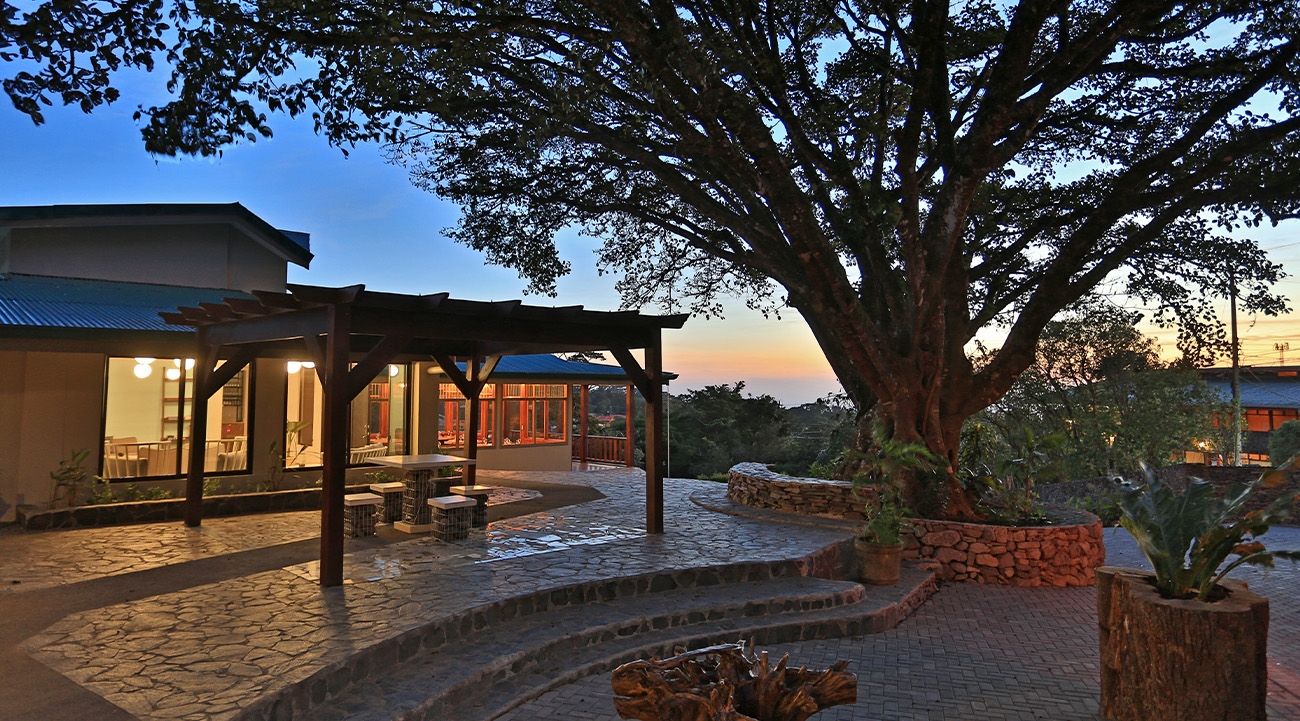

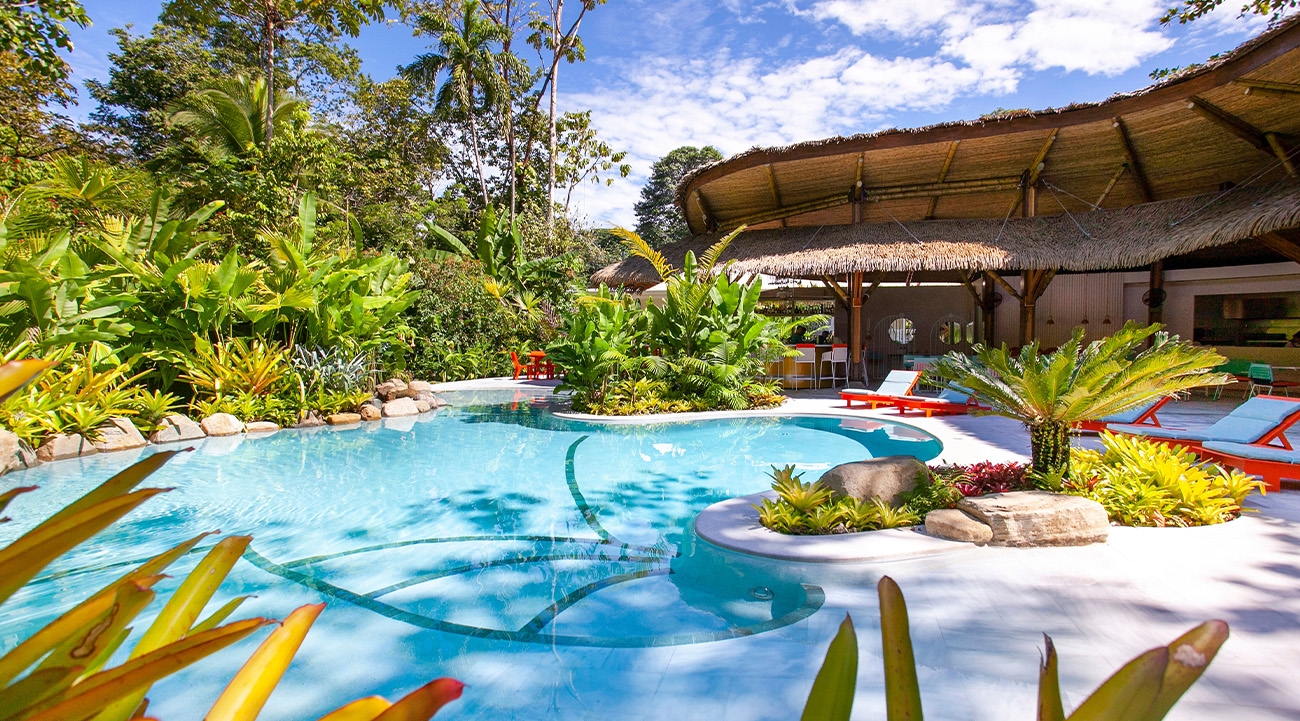
As someone who skips the typical chain resort circuits, I savoured my time, which consisted of authentic scenes and edifying exchanges with Indigenous people.
An especially heartwarming discovery was care of the Caribbean coast. As one-time founding editor of Mr & Mrs Smith, I was a sucker in particular for pretty colourful art-filled abode Aguas Claras, which has put Puerto Viejo’s unsung, wilder undeveloped beaches on the map for discerning style seekers.
A lesson in how lodgings can have a true sense of place while showcasing contemporary culture, the creative mother-daughter hosts have lavished love and original art into creating this cutie. Hand-picked vintage furniture, ceramics, curios and delightfully-styled patterns and prints ensure every scene has a human touch.
The fullest flavours of these distinct coordinates come through in the menu too. Even ordering gallo pinto – the typical Tico breakfast of rice and beans, eggs and corn tortillas – proves as photo-worthy as the tropical foliage that frames their curved aquamarine pool.
And making it even easier to seek out sustainable stays, the tourist board has just launched its ‘Pura Vida Pledge’. Trust those eco Ticos to give us an official seal of approval to assure us a property is going the extra green mile. Clearly our interest in choosing more sustainable stays is here for the long haul.
High-end and highly sustainable
Juliet Kinsman, author of The Green Edit Travel, lists her eco-luxe hotel tips
Finca Rosa Blanca, in the fertile Central Valley, offers 14 rooms in 30 organic acres of highlands above San José.
El Silencio Lodge & Spa is an all-suite escape in Bajos del Toro's cloud forest, with a connection to conservation and the local community.
Kasiiya Papagayo is a five-star hideaway of only five suites with three beaches in reach, up on the north Pacific coast on a private peninsula.
Nayara Tented Camp in must-visit Arenal is the exciting new eco-leaning lodge conjured by designers Luxury Frontiers amid hot springs and a revived rainforest, where toucans and parrots flit between towering hardwoods.
Kura in Uvita is made up of eight standalone suites where the rainforest meets the sea. The private plunge pools are an Instagram mega-hit, but it’s the out-of-shot engineering and maintenance practices that make this seductive as a super-green hotel.
Lapa Ríos is beloved as the original luxe ocean-view eco-lodge — lapa being the Costa Rican name for the scarlet macaw, often seen above and about in this private reserve.
